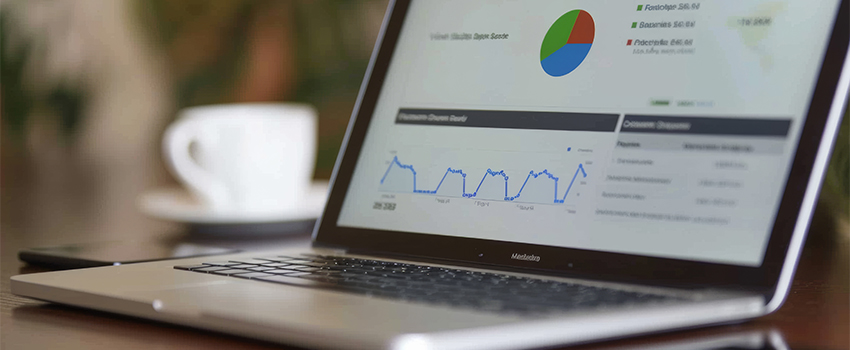
In the rapidly changing world of Google Ads, one thing that remains constant is the need to A/B test. However, by 2025, the subset that works when bluntly A/B testing is applied has significantly shifted under the impact of even more automation, the use of AI, and smarter algorithms. So, what should advertisers be doing better?
Here’s a closer look at what still works in A/B testing for Google Ads and how to ensure you make the most of A/B testing this year.
What is A/B Testing in Google Ads?
What is A/B Testing to optimize for landing pages (split testing)? A/B testing is a marketing experiment where you split your audience to test different variations of a piece of marketing content. It’s fundamental (and canonical) to continuous optimization.
But you’re no longer, in 2025, testing individual components—you’re testing within the context of Google’s automation systems.
What Still Works in 2025
1. Testing Ad Creative in Responsive Ads
Now that Responsive Search Ads are the default ad format, you can test up to 15 headlines and four descriptions within one ad. The AI of Google combines and matches different combinations to find the best-performing ones.
What to test:
- Short vs. long headlines
- Emotional versus rational wordings
- Keyword insertion vs. branded messaging
2. Landing Page Variations
Even with Smart Bidding at the helm, the landing page is still a pretty significant part of the quality score and conversion rate.
What to test:
- Hero section design and copywriting
- CTA button placement and copy
- Form length and user flow
3. Audience Segments and Location Targeting
Don’t depend on automation and/or rules alone. Good marketers experiment with their custom segments and geotargeting by hand.
Try testing:
- Campaigns for different buyer personas individually
- Special languages, countries, or regions offer
What Doesn’t Work Anymore
- Isolated tests without regard for overlap of automation. Google’s machine learning can overwrite or mask test results if not properly architected.
- Running ads with too little data. Low volume equals not very reliable test results.
- Not using conversion tracking. Incorrect data contributed to false test results.
Tips for Better A/B Testing in 2025
- Use Google Ads Experiments to conduct safe A/B tests without risking performance.
- Allow at least 2-4 weeks for significant traffic to gain statistical relevance.
- Leverage GA4 data for backing up and validating your Google Ads results.
Final Thoughts
Although automation and AI now feature more prominently in campaign optimization, A/B testing remains alive and well. It’s a lot more strategic than it used to be. Concentrate on what you can control – creative, user experience, and targeting – and let Google’s smart systems do the rest.
Stay curious, keep experimenting, and follow the data.




